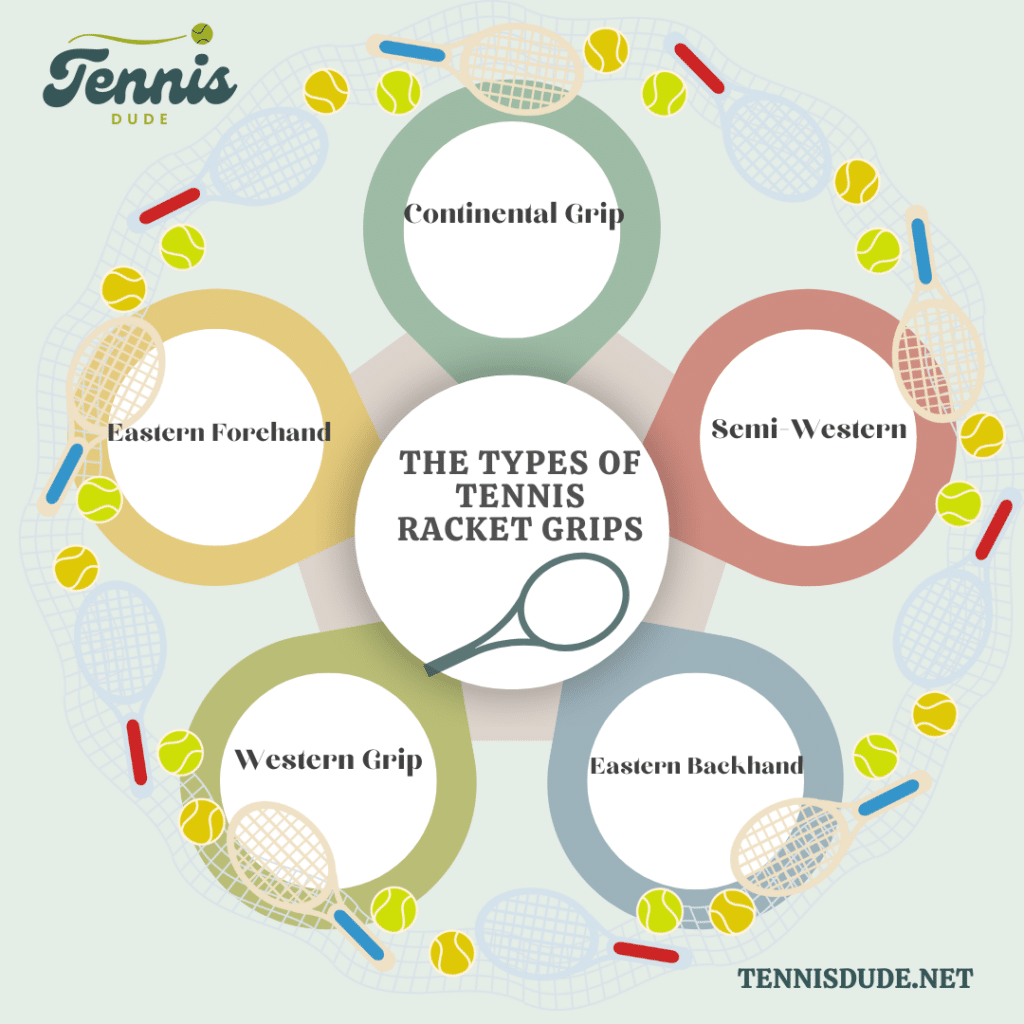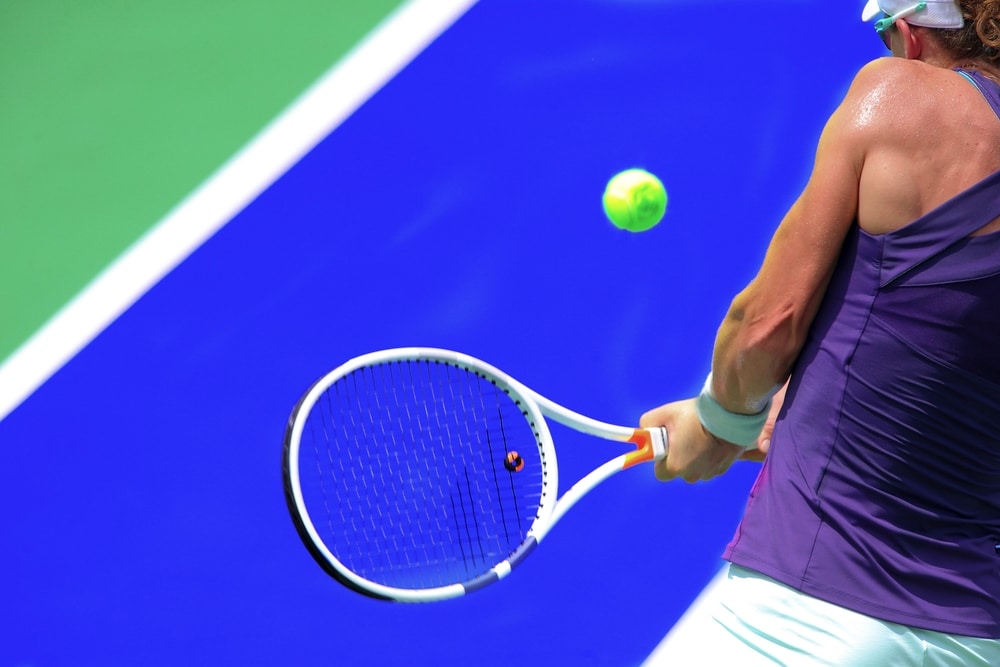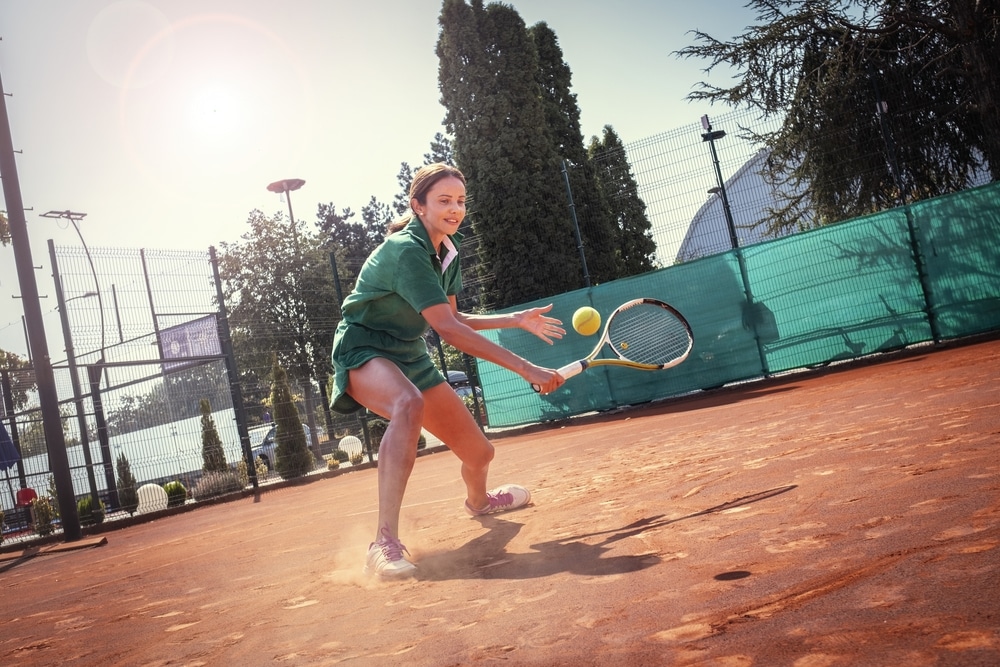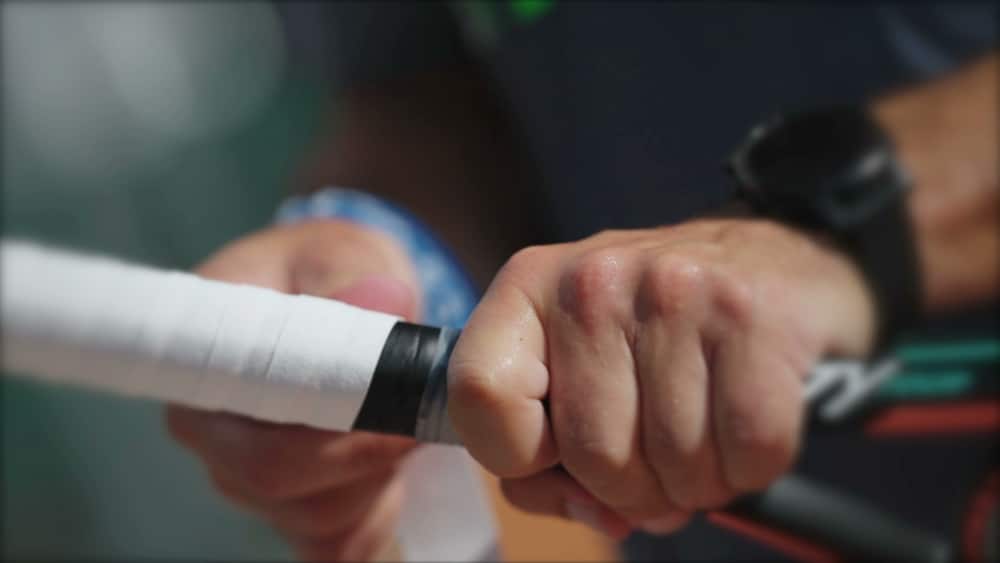Table of Contents
Ah, the feel of gripping that tennis racket with your very hands, every single one of the tennis enthusiast must feel us right now. Now, folks, whether you’re making history with the fastest serve in tennis or just a playful tennis game, tennis grip is something that you need to master well. Therefore, a good tennis racquet grip is necessary, especially if you’re a professional tennis player. In this blog you will find various kinds of tennis grips, from continental grip tennis to the left hand- or right-handed back grip for tennis. Let us learn more exciting things regarding tennis ventures so that you can truly become a master of your tennis game on your tennis court.
Gripping Your Tennis Racket
The secret to realizing your full potential on the tennis court in the fast-paced world of tennis is improving your tennis grip. The strategies and equipment that players use to outplay their opponents change as the game does. Every hold, from the traditional continental grip to the cutting-edge semi-western and eastern grips, provides a special benefit suited to particular strokes like the serve, backhand, and forehand. If you have the proper grip, you may use the power of contemporary equipment and court surfaces to push your game to new heights. Thus, knowing the ideas of tennis grips is essential to success, whether you’re polishing your flat serve or your forehand topspin. Prepare to snatch, tear, and rule the tennis court like never before.
The History of Tennis Grip
Tennis serve grip history is a dynamic evolution influenced by player methods, playing surfaces, and equipment modifications. The continental tennis grip was popular initially because it was stable and adaptable on grass courts with wooden racquets. But more extreme grips, such as the eastern forehand, semi-western, and western grips, were adopted as a result of technological developments and changes in playing styles, allowing players to produce more spin and power on their serves. The use of various serve grips nowadays, from conventional to more extreme variants, demonstrates the constant innovation and adaptability in tennis techniques.
Types of Tennis Racket Grip
Here are some of the basic types of tennis grips, to help you make a better understanding of the grips.
Eastern Backhand Grip
The Eastern tennis grip is a basic grip mostly employed for forehand shots. It offers control and power in harmony.
- The third angle of the racket handle is where the base knuckle of the index finger rests in this grip.
- It makes it relatively easy for players to perform flat and topspin forehands.
- Aggressive baseline play is appropriate for players who use this grip since they can produce good racket head speed.
Continental Tennis Grip
The continental grip is flexible and suitable for a variety of shots, such as serves, volleys, and slice shots.
- The second angle of the racket handle is where the base knuckle of the index finger rests in this tennis grip.
- It enables smooth transitions between various shots and offers good racket face control.
- Players who use the Continental tennis grip to perform a variety of spins and placements can readily change the racket face angle.
Semi Western Grip
A common grip among players who want to produce topspin on their forehand strokes is the semi-western grip.
- The index finger’s base index knuckle is positioned in this grip between the racket handle’s third and fourth angles.
- Players can better control the ball and produce substantial topspin by brushing up on it.
- The semi-Western grip is very beneficial on clay courts, where players can use the topspin well due to the strong bounce.
Western Grip
Regarding forehand shots, the Western grip is an extreme choice for maximal topspin production.
- When using this grip, the index finger’s base knuckle rests on the racket handle’s fifth bevel.
- It enables players to swing their rackets vertically, producing a strong topspin that sends the ball flying high and off the court.
- It may lose some control compared to other grips, even though it has great topspin potential.
Backhand Grips
There are two major types of tennis grips used.
- One-handed Backhand Grip: One-Handed Backhand players usually employ an Eastern or Continental grip when playing the one-handed backhand. Slice shots may be made with good control, thanks to these grips.
- Two-handed Backhanded Grip: In a two-handed backhand, the non-dominant hand often uses an Eastern or Semi-Western grip, while the dominant hand typically uses a Continental grip. Stability and power are provided for two-handed backhand strokes with this arrangement.
Serve Grip
The Eastern and Continental tennis grip enable precise, powerful serves like flat, slice, and kick serves.
- Players typically utilize either the Eastern or Continental grip when serving.
- With the control and power these grips provide, players may perform a variety of serves with accuracy and consistency, including as flat, slice, and kick serves.
Volley Grip
The Continental grip offers excellent control, allowing players to adjust racket angles for precise volleys.
- The Continental grip is the best option for volleys because of its controllability and adaptability.
- With it, players can effortlessly modify the angle of their racket face for accurate volley placement and quick shots at the net.
Overhead Grip
With Eastern or Continental grips, players gain power and control for effective overhead shots, ideal for winners or defensive plays.
- Players usually employ the Eastern or Continental grip for overhead strokes, similar to the serve grip.
- These overgrips provide you the power and control to smash objects overhead, whether you’re hitting winners or defense shots.
Tennis players can learn these grips through practice and experimentation to maximize their effectiveness in various strokes and adjust to various court settings.
Choosing the Best Tennis Grip
- Individualized Approach: Understand that tennis players have different physical characteristics, playing styles, and preferences. Thus, there is no one-size-fits-all when it comes to grips.
- Collaborative Exploration: To determine which grip best suits a player’s demands and comfort level, coaches and players should come together to try out different choices.
- Player Comfort and Natural Feel: Roger Federer’s preference for a one-handed backhand emphasizes the significance of player comfort. Players should prioritize what feels natural and comfortable for them.
- Versatility and Success: The versatility of the sport is highlighted by players such as Rafael Nadal and Roger Federer, who show how using a varied grip may result in impressive success.
- Starting Points: Although there are guidelines, like the two-handed tennis grip for backhands and the semi-western grip for forehands and backhands, these should only be used as contact points and not as strict guidelines.
- Experimentation: Encourage players to experiment with various grips to fine-tune their selections based on performance, comfort level, and changing playing styles.
- Adaptability: Respect each player’s uniqueness and be willing to modify your grip selections according to what works best for them.
By applying these concepts to their grip choice, tennis players can maximize their on-court performance and reach their greatest potential.
Final Thoughts
Summing up, your tennis grip for serve is your hidden companion in the multifaceted, guiding each stroke and serve with skill and grace. You now own the key to realizing your greatest on-court potential. Every detail counts, whether you’re honing your tennis grip for backhand or lawn tennis grip. With professional advice on choosing tennis racket grip tape and understanding the subtleties of grip overgrip, you can tailor your setup to be as comfortable and effective as possible.
In conclusion, let your grip be your ally and your link to the beat and flow of the game when you take the court. Improve your technique, develop your grip, and allow your tennis racket to reflect your enthusiasm and expertise.
GRIP IT WITH STYLE!






